Nationality British / Austrian Nieces Misha Donat, Julia Donat Birth name Edith Suschitzky Role Photographer Ex-spouse Alex Tudor-Hart | Codename(s) Edith Name Edith Hart Siblings Wolfgang Suschitzky Active 1925-195? Occupation Photographer, spy Children Tommy Tudor-Hart | |
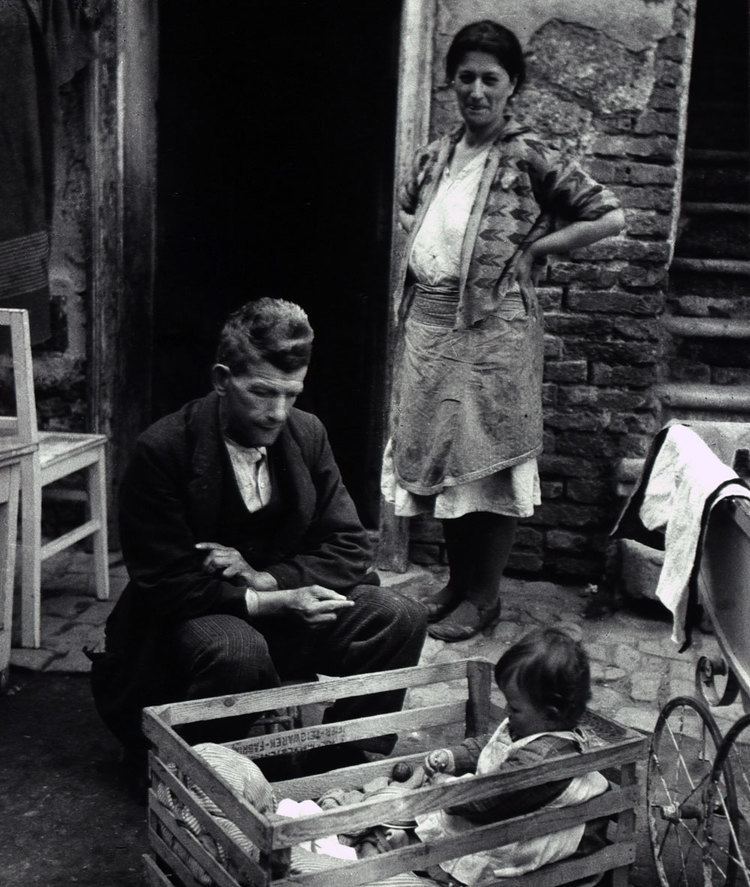 | ||
Born 28 August 1908Vienna, Austria ( 1908-08-28 ) Died May 12, 1973, Brighton, United Kingdom Similar Rosina Wachtmeister, Karin Hannak, Marianne Maderna | ||
Edith Tudor-Hart (née Edith Suschitzky; 1908–1973) was an Austrian-British photographer, communist-sympathiser and spy for the Soviet Union. Some of her work is in the National Gallery in London. Brought up in a family of socialists, she trained in photography at Walter Gropius's Bauhaus in Dessau, and carried her political ideals through her art. Through her connections with Arnold Deutsch, Tudor-Hart was instrumental in the recruiting of the Cambridge Spy ring which damaged British intelligence from World War II until their discovery in the late 1960s. She recommended Litzi Friedmann and Kim Philby for recruitment by the KGB and acted as an intermediary for Anthony Blunt and Bob Stewart when the rezidentura at the Soviet Embassy in London suspended its operations in February 1940.
Contents
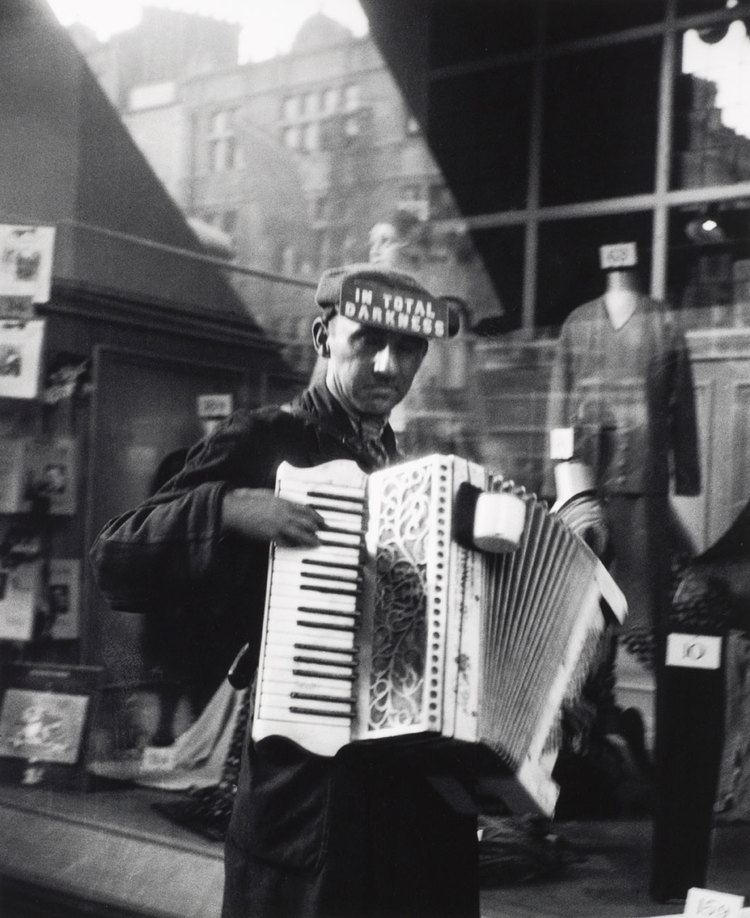
Early life and education

Her father, Wilhelm Suschitzky (1877–1934), was a social democrat who was born into the Jewish community in Vienna, but had renounced Judaism and become an atheist. He opened the first social democratic bookshop in Vienna (later to become a publishers). Tudor-Hart's brother Wolfgang Suschitzky described their father as "a great man. I realised that later on in life, not so much when I saw him every day. But, I met interesting people, some of his authors who came and had lunch with us or met people who came to his shop." Suschitzky recalled boyhood memories of the family excitement that greeted the Russian Revolution in 1917.
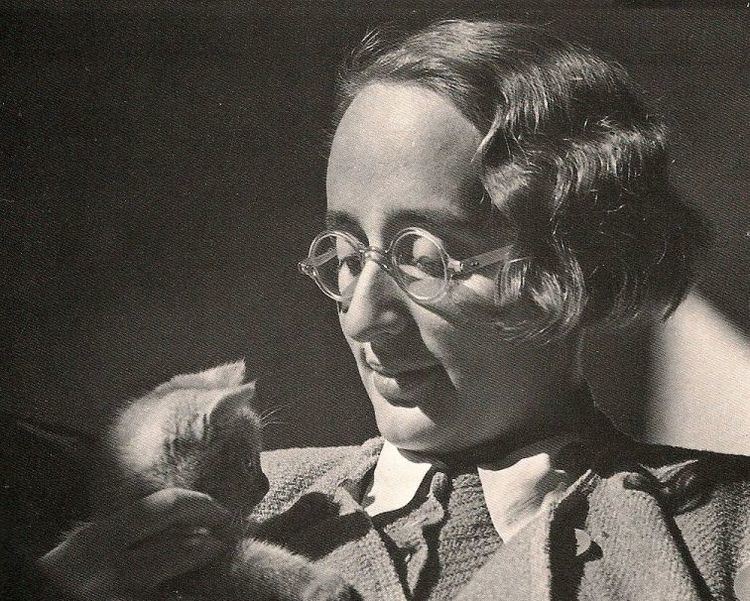
She studied photography at the Bauhaus in Dessau , but worked in Vienna as a Montessori kindergarten teacher. Her brother also became a well-known photographer and cinematographer in Britain. He cited his sister as an influence on his decision to pursue an artistic career over a scientific one.
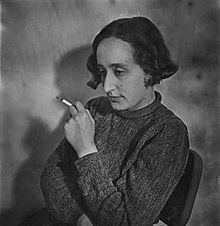
An anti-fascist activist and Communist, she saw photography as a tool for disseminating her political ideas. In 1933 she married medical doctor Alex Tudor-Hart, who she had met in 1925. She was described "by those who knew her in her youth as immensely vivacious, amusing, curious, and gifted". The couple fled to London, England in 1933, so that she could avoid prosecution and persecution in Austria for her Communist activities and Jewish background.
London
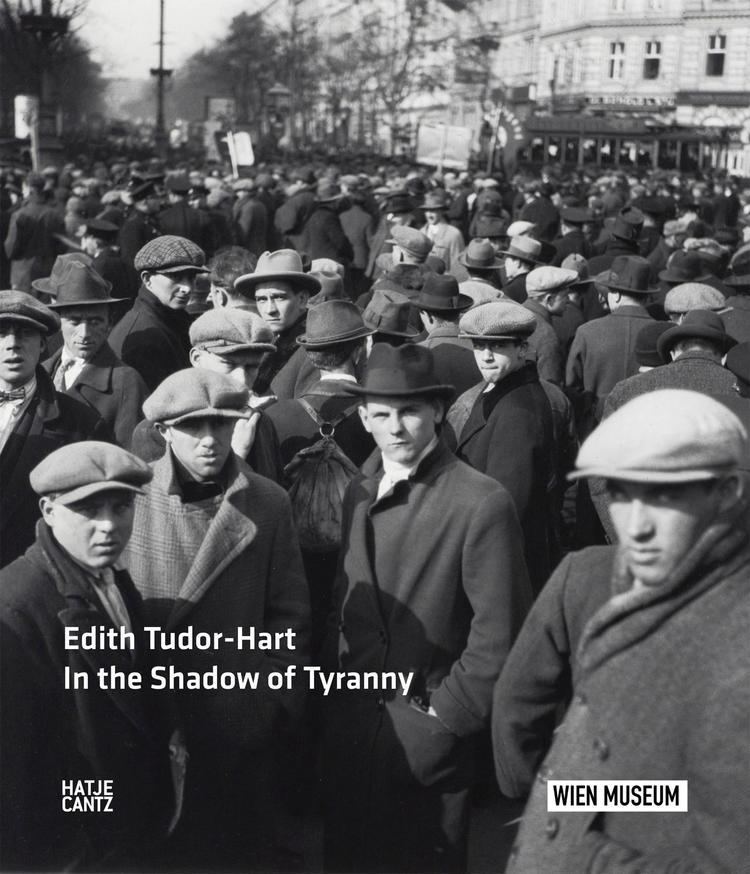
While her husband practised as a GP in the area of Rhondda Valley in South Wales, she began to produce photographs for The Listener, The Social Scene and Design Today, dealing with issues such as refugees from the Spanish Civil War and industrial decline in the north-east of England. From the late 1930s, she concentrated more on social needs, such as housing policy and the care of disabled children. This change in work may have been because after separation from her husband who had just returned from the Spanish Civil War, their son, Tommy, became an incurable schizophrenic. She was friends with photographer Margaret Monck.
Spying activities
Tudor-Hart was instrumental in recruiting both the Cambridge Spy ring which damaged British intelligence from World War II through to their discovery in the late 1960s. Whilst working as a photographer she also acted as a courier. Her rather unsubtle codename was 'Edith'. Tudor-Hart had met Arnold Deutsch in Vienna in 1926, and with him she worked in the OMS, the International Liaison Department of the Comintern.
When she moved to London her main contact was Litzi Friedmann. In May 1934 Arnold Deutsch discussed with Edith and Litzi the recruitment of Soviet spies. Litzi suggested her husband, Kim Philby. "According to her report on Philby's file, through her own contacts with the Austrian underground Tudor Hart ran a swift check and, when this proved positive, Deutsch immediately recommended... that he pre-empt the standard operating procedure by authorizing a preliminary personal sounding out of Philby."
She was placed under surveillance by Special Branch after October 1931 when she was observed attending a demonstration in Trafalgar Square. Tudor-Hart was of interest because of her friendship with Litzi Friedmann, who was Kim Philby's first wife and almost certainly spotted Kim as a potential Communist agent during his stay in Vienna, where he was a sympathiser of the Social Democrats who waged a civil war against the government of Engelbert Dollfuss. Tudor Hart vetted Philby for the NKVD and introduced him to 'Otto' (Deutsch's code name). When, in 1934, Friedmann and Philby arrived in London from Vienna, Tudor-Hart is credited as having suggested to Deutsch in his role as the now London-based NKVD recruiter, that the NKVD recruit them as agents. She also helped to recruit Arthur Wynn in 1936.
She acted as an intermediary for Anthony Blunt and Bob Stewart when the rezidentura at the Soviet Embassy in London suspended its operations in February 1940. In 1938–39 Burgess used her to contact Russian intelligence in Paris.
Later life
She separated from her husband and suffered a breakdown. After the second world war she opened an antique shop in Brighton, dying of stomach cancer in Brighton, on 12 May 1973.
